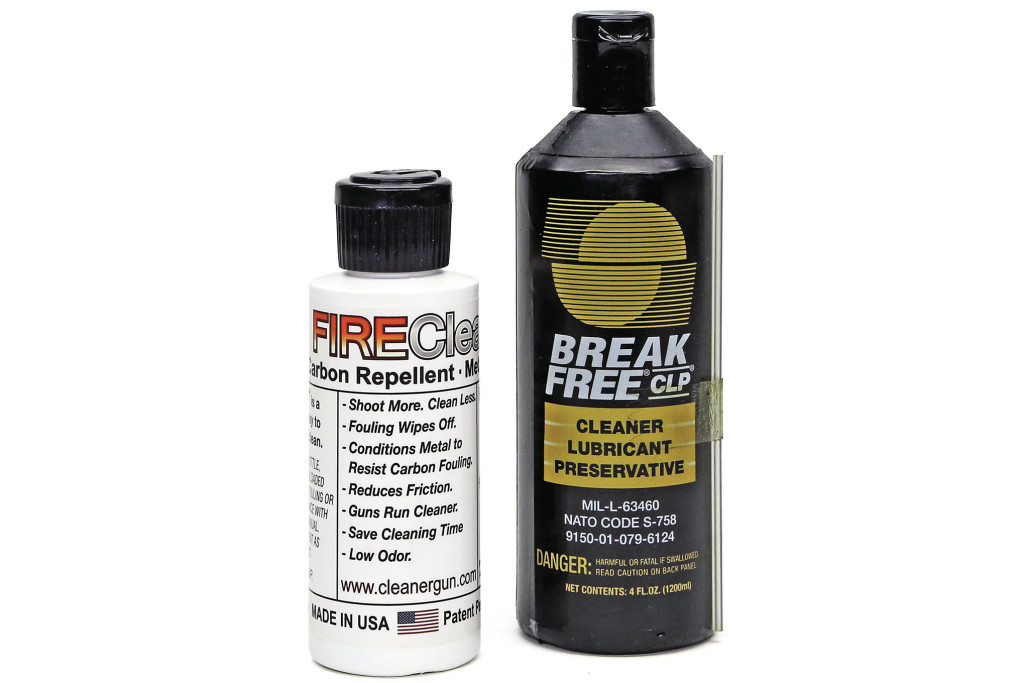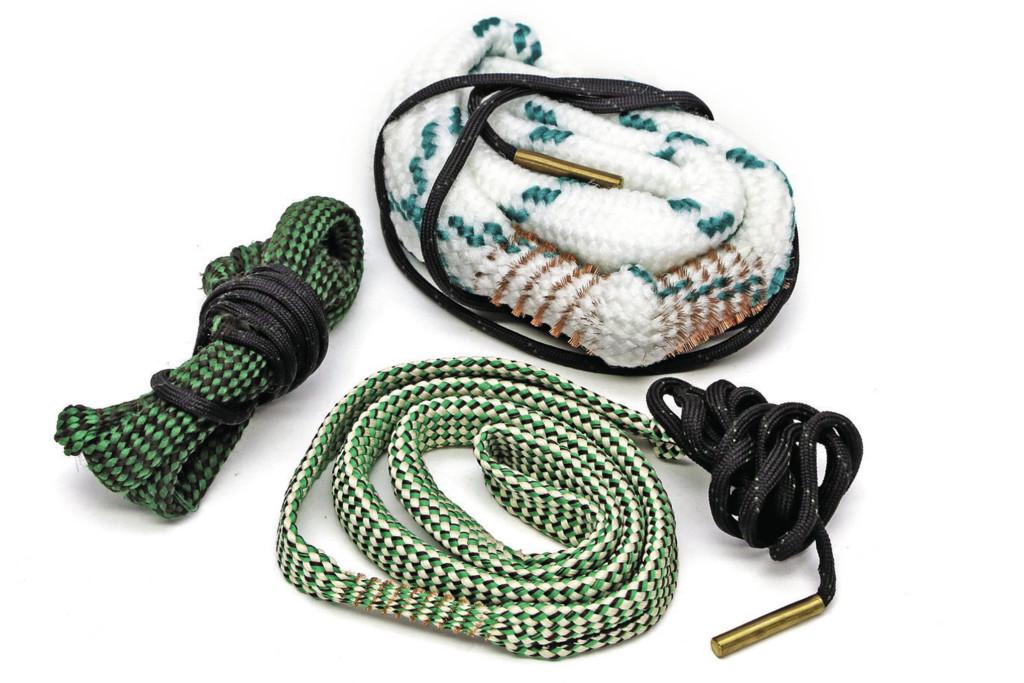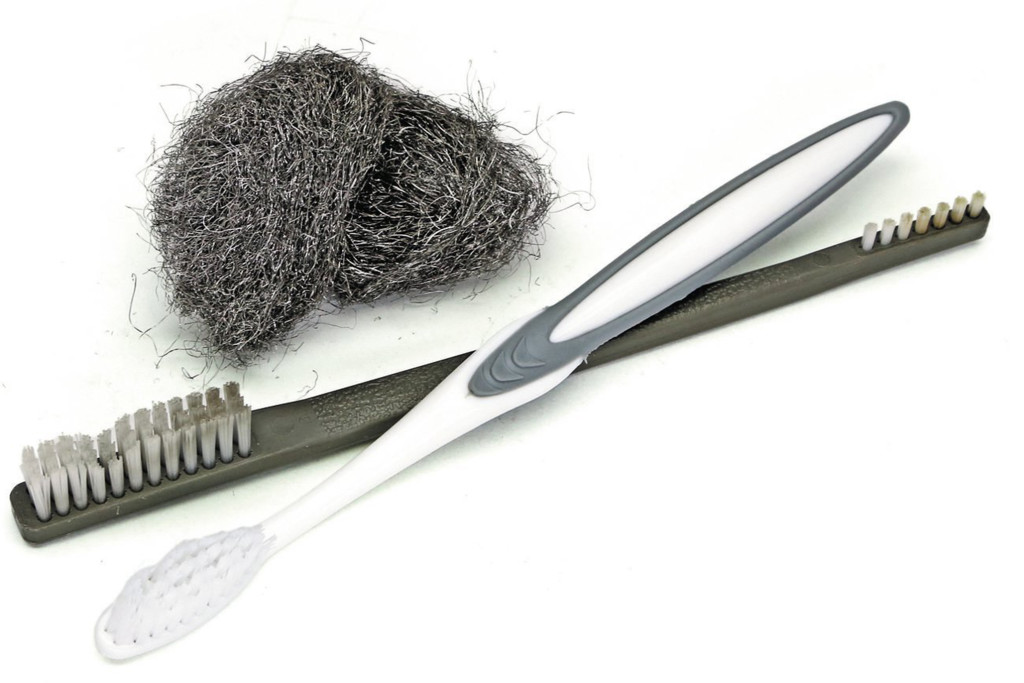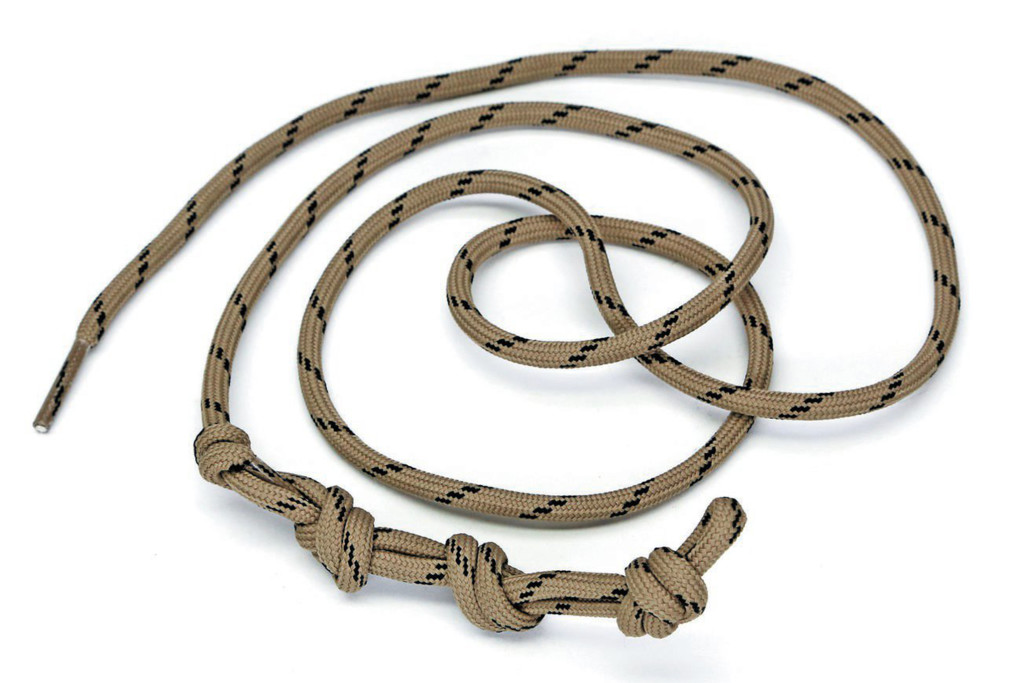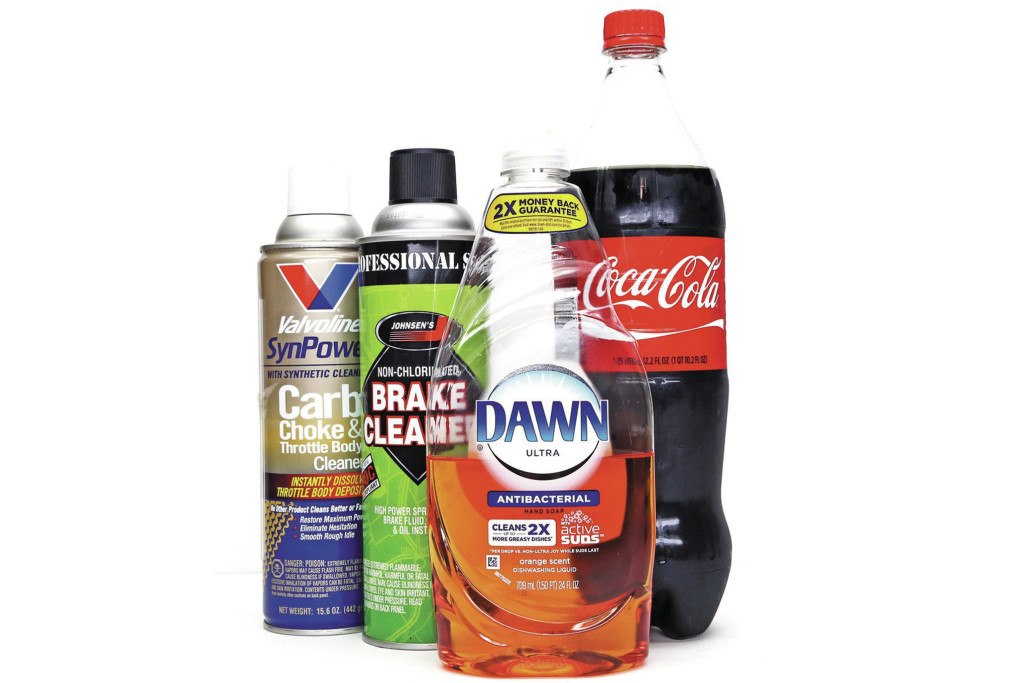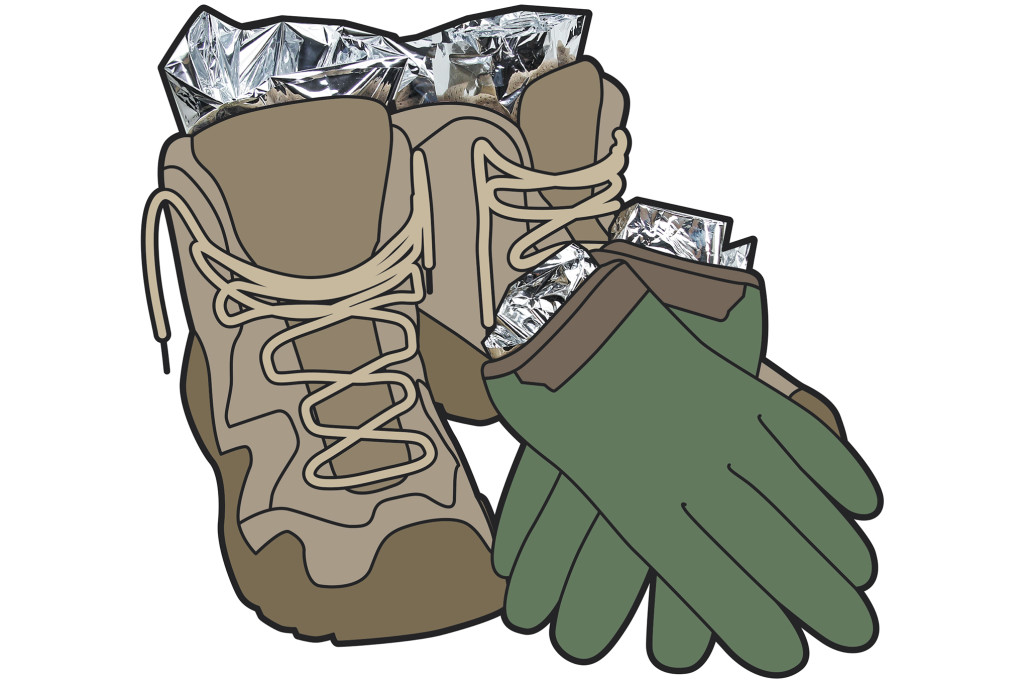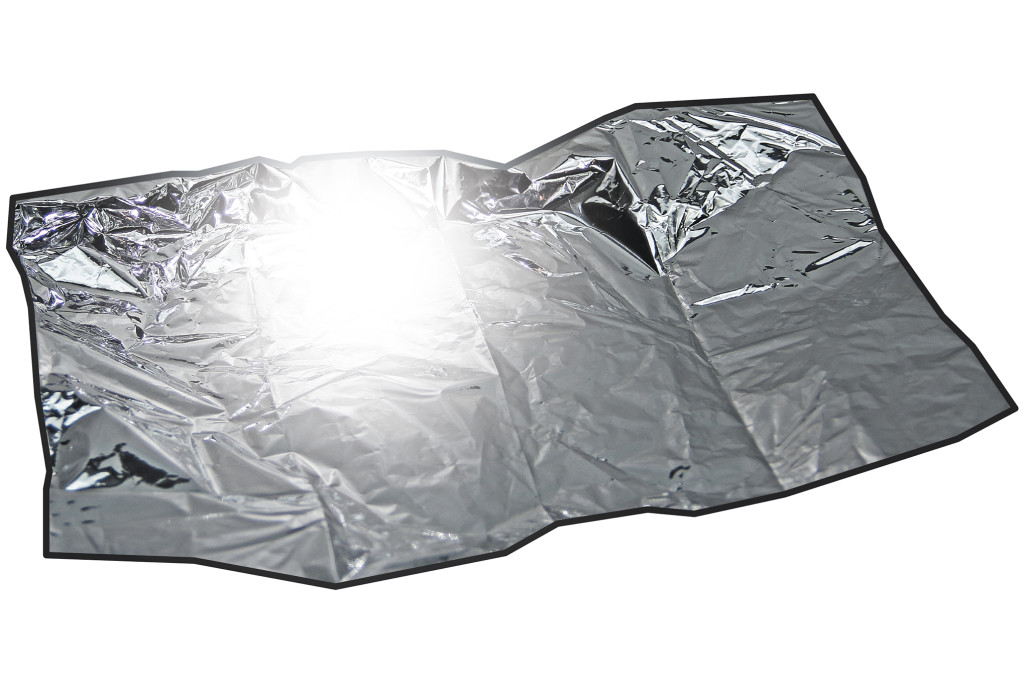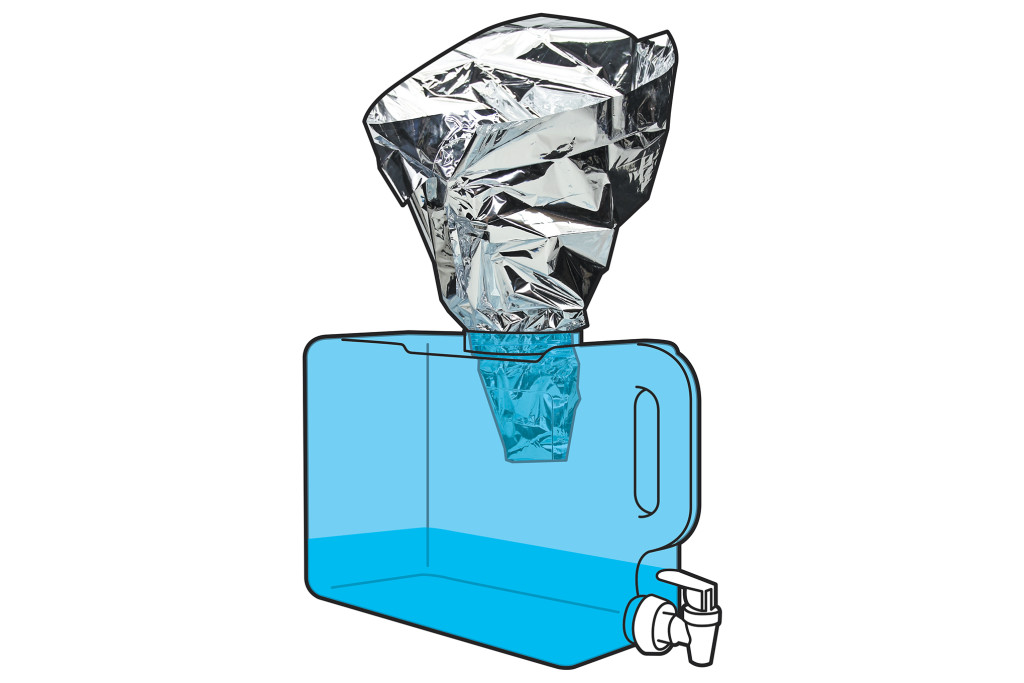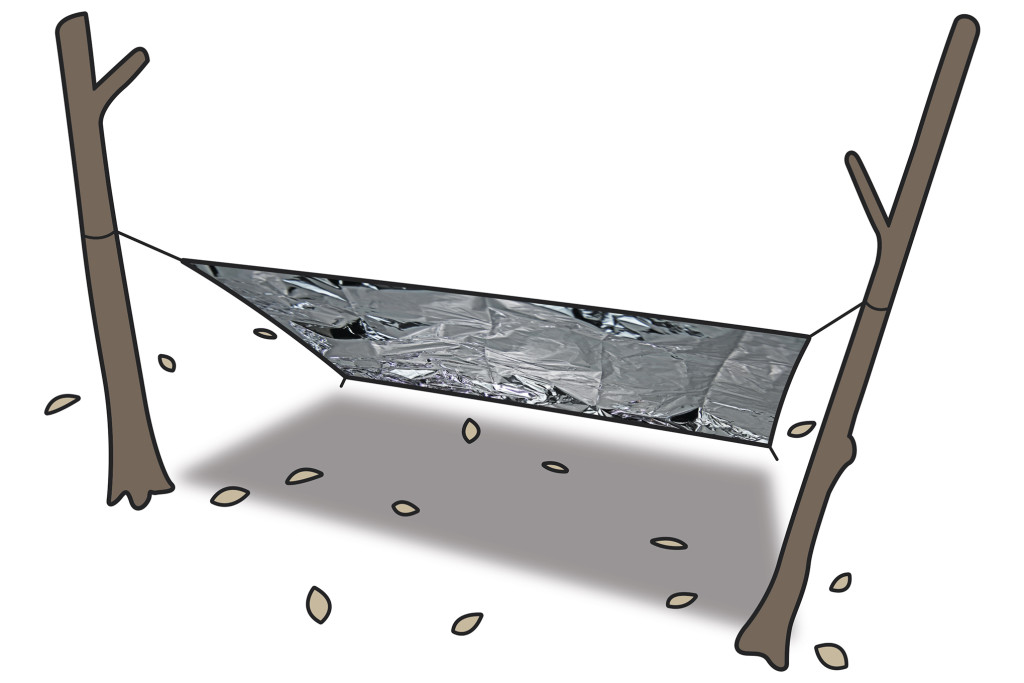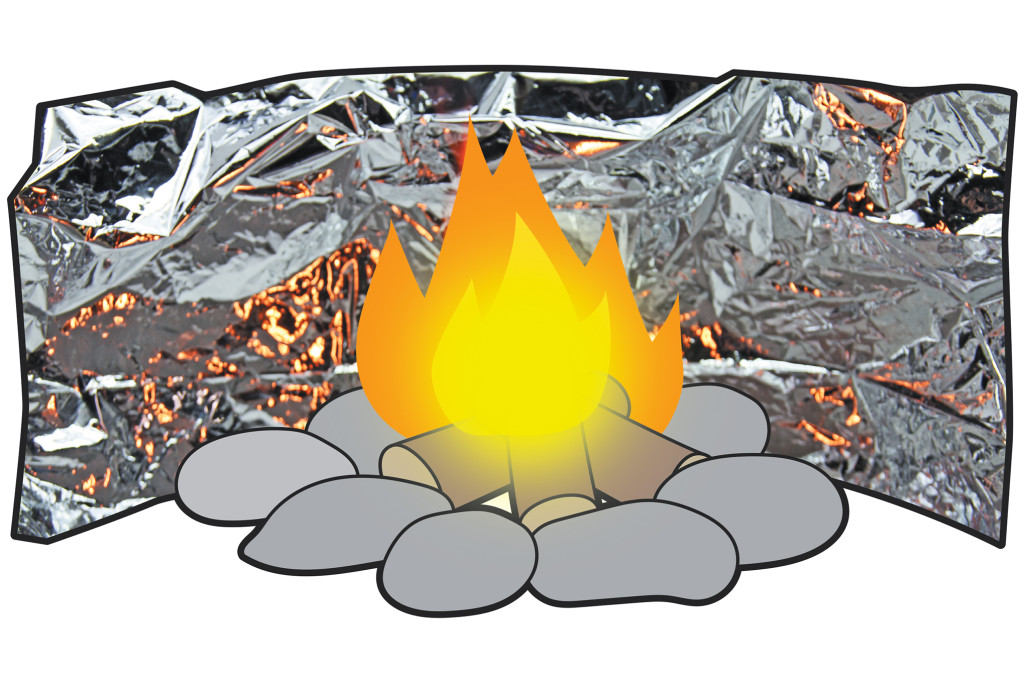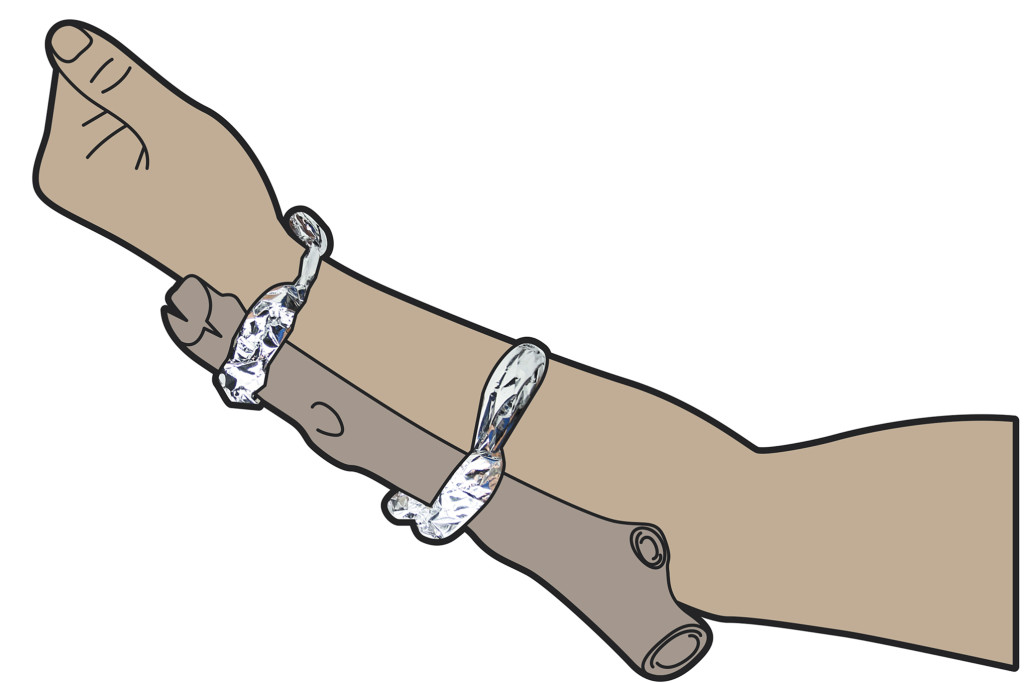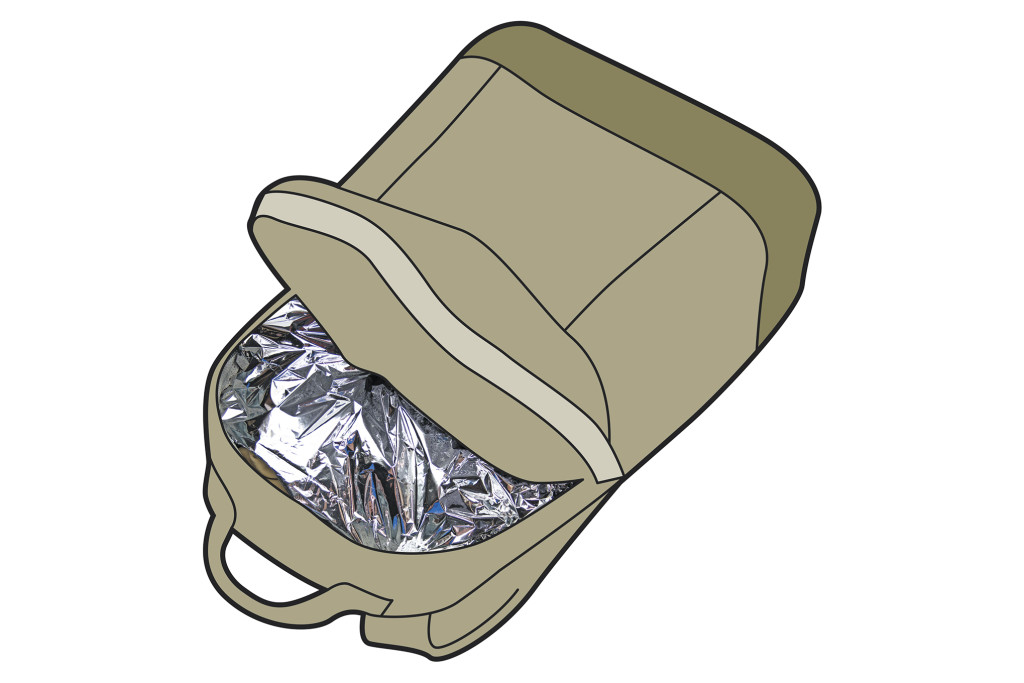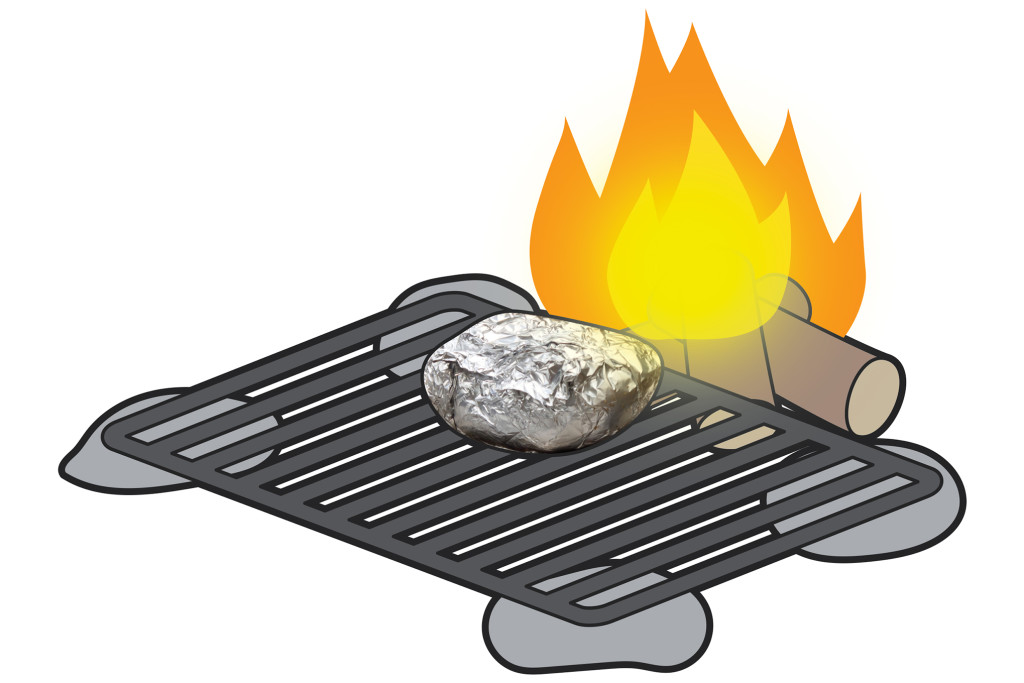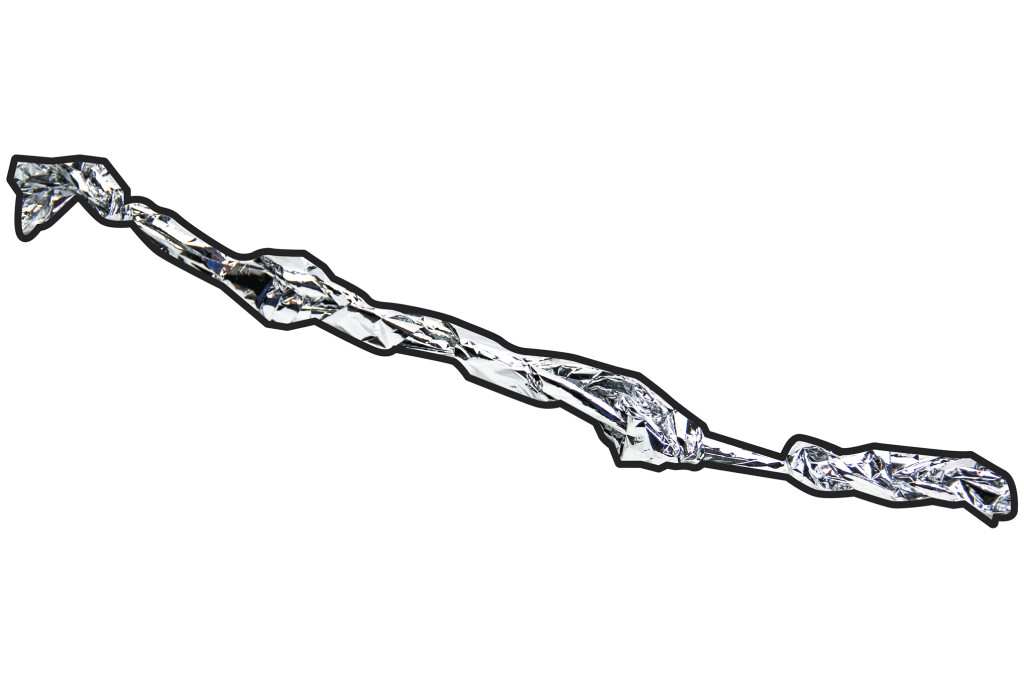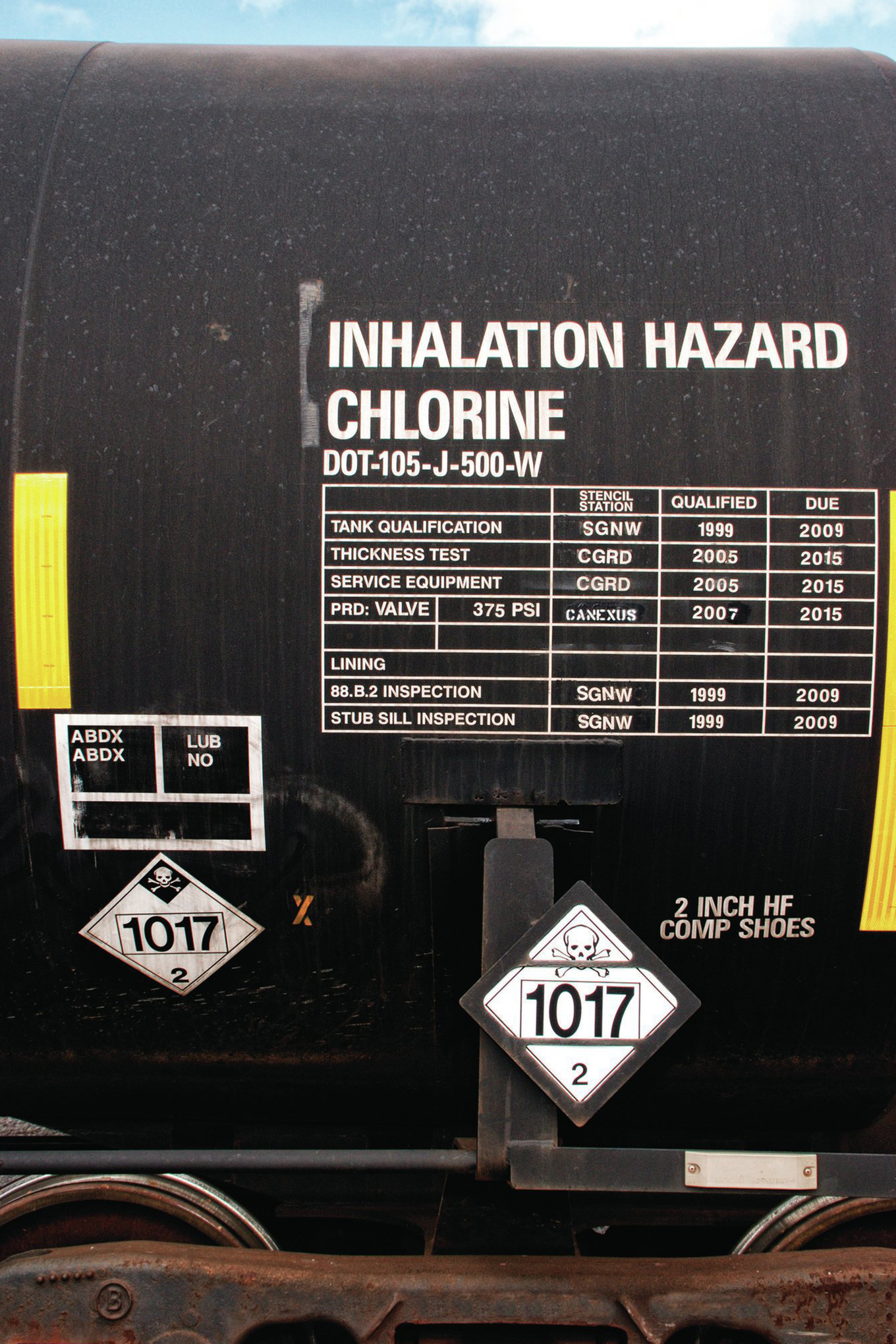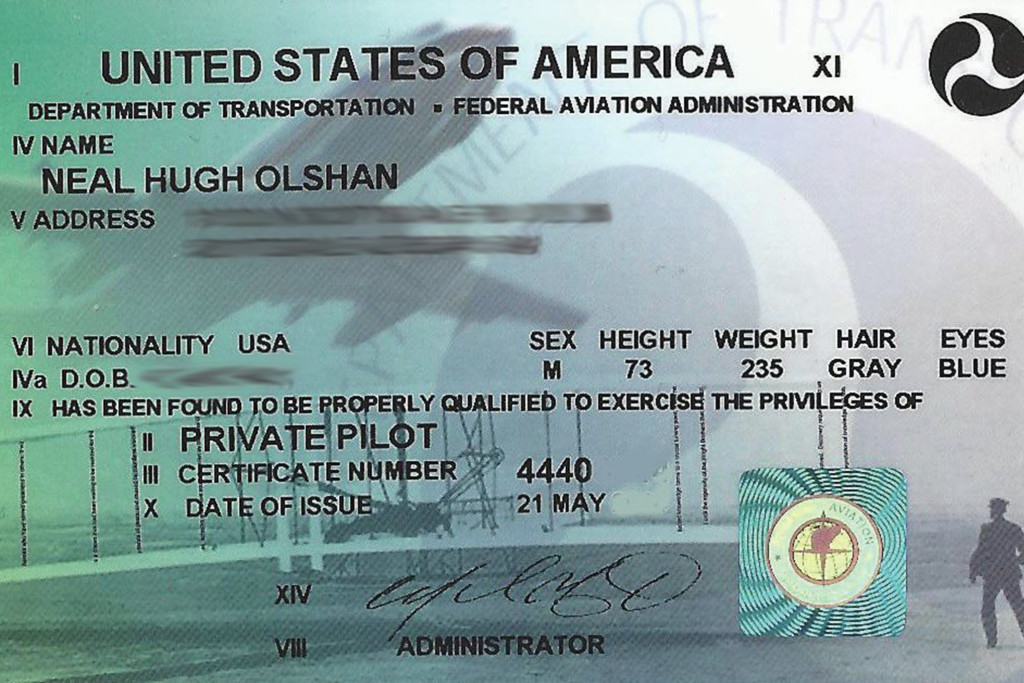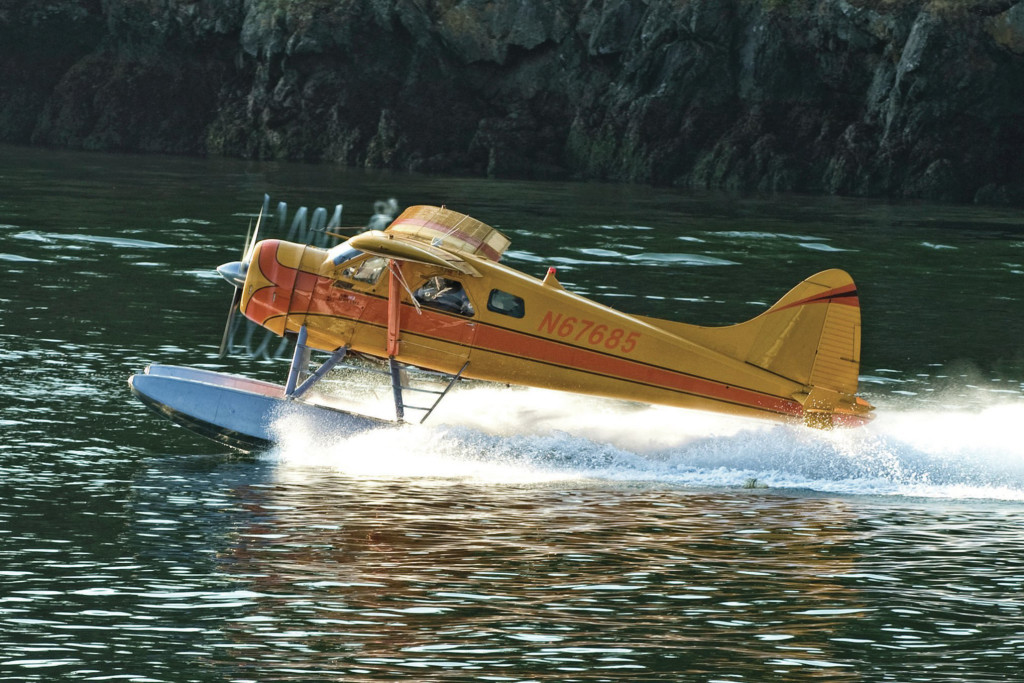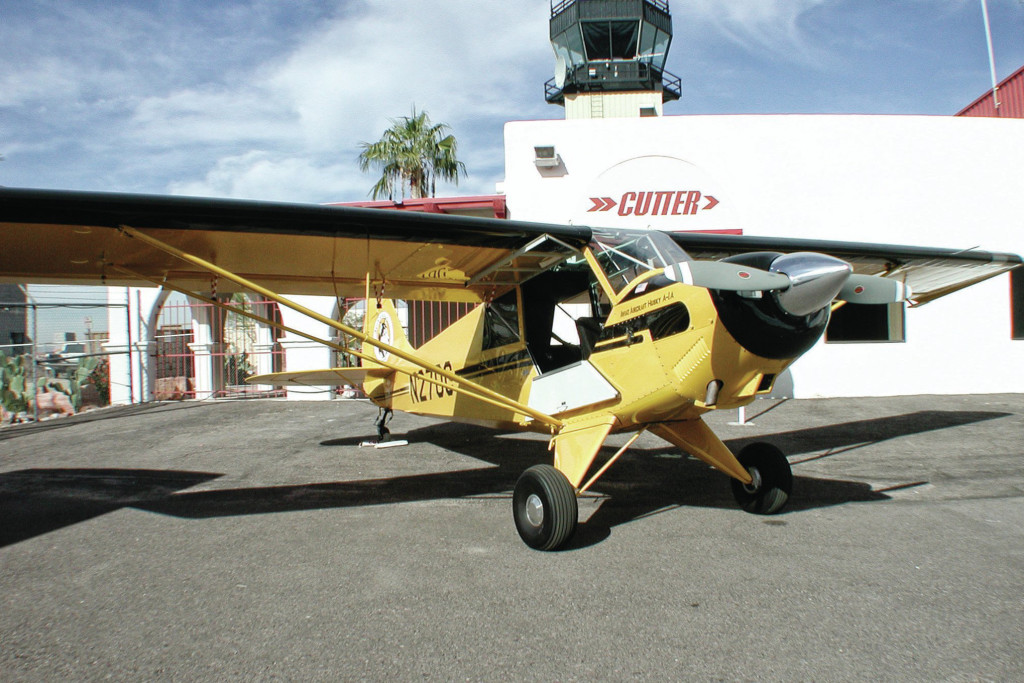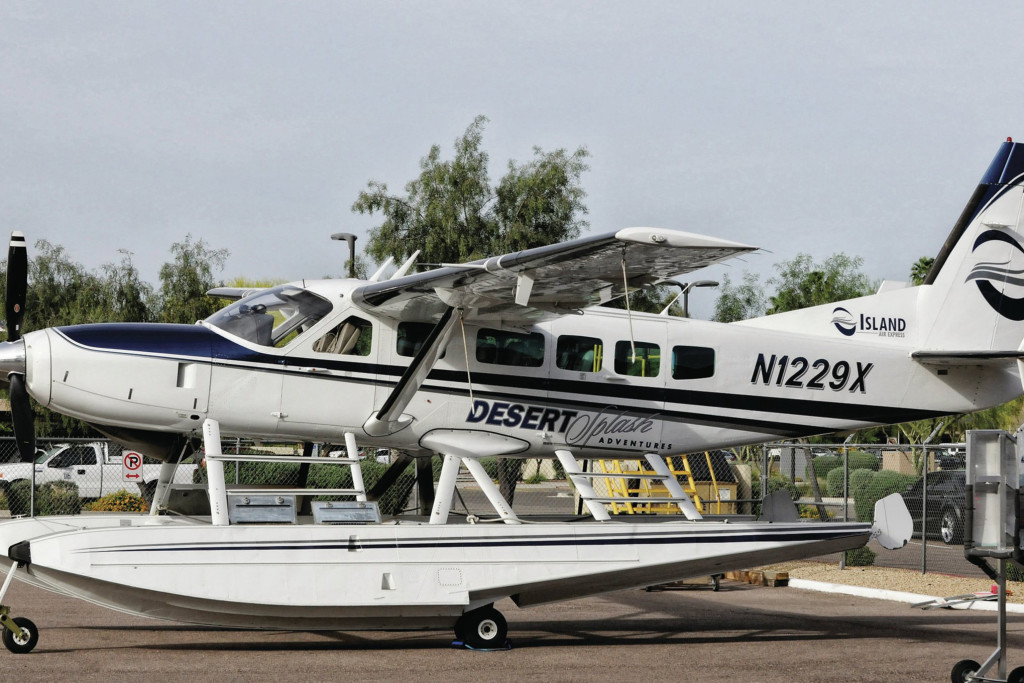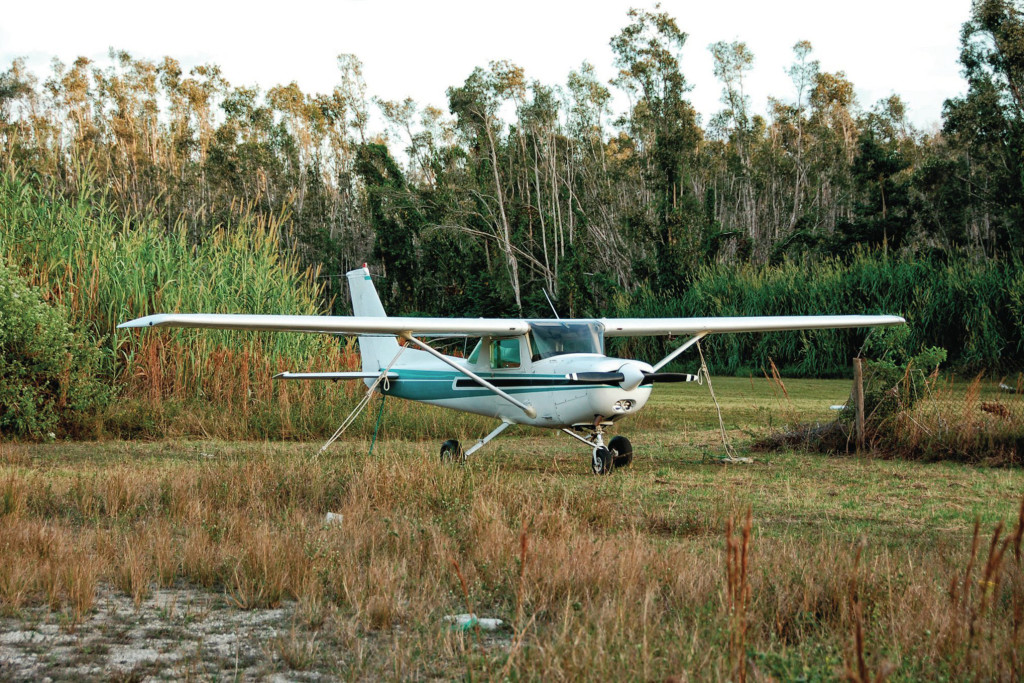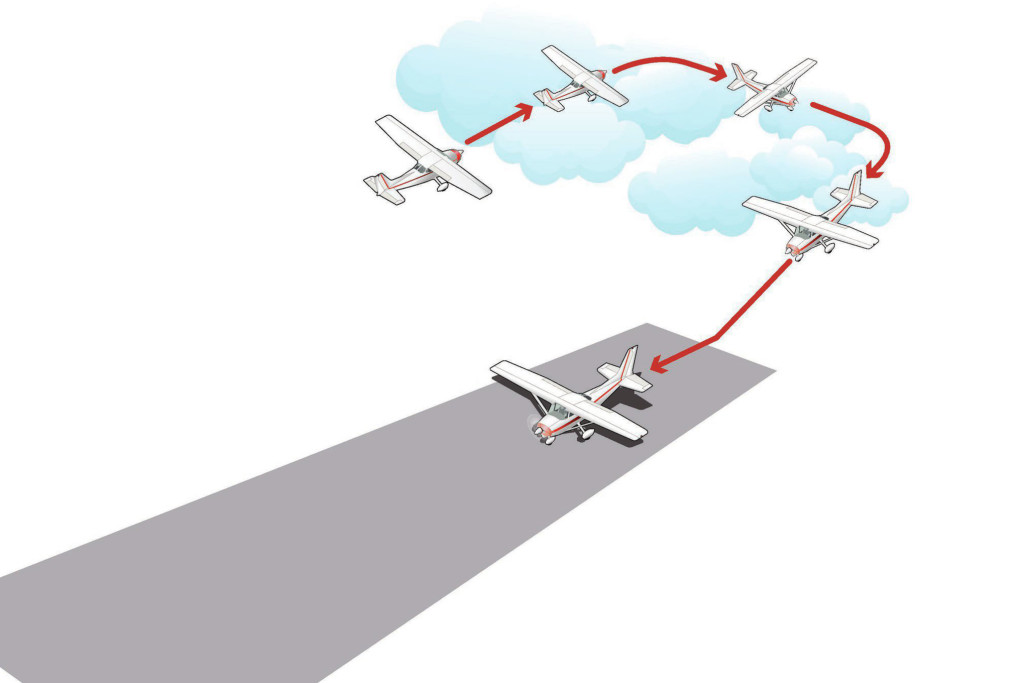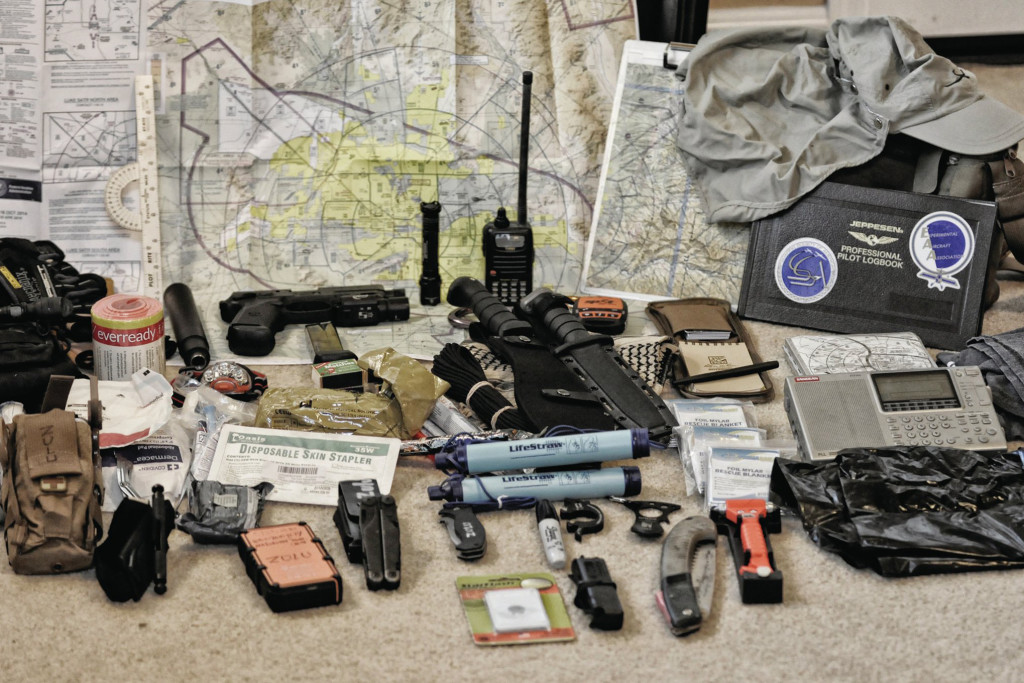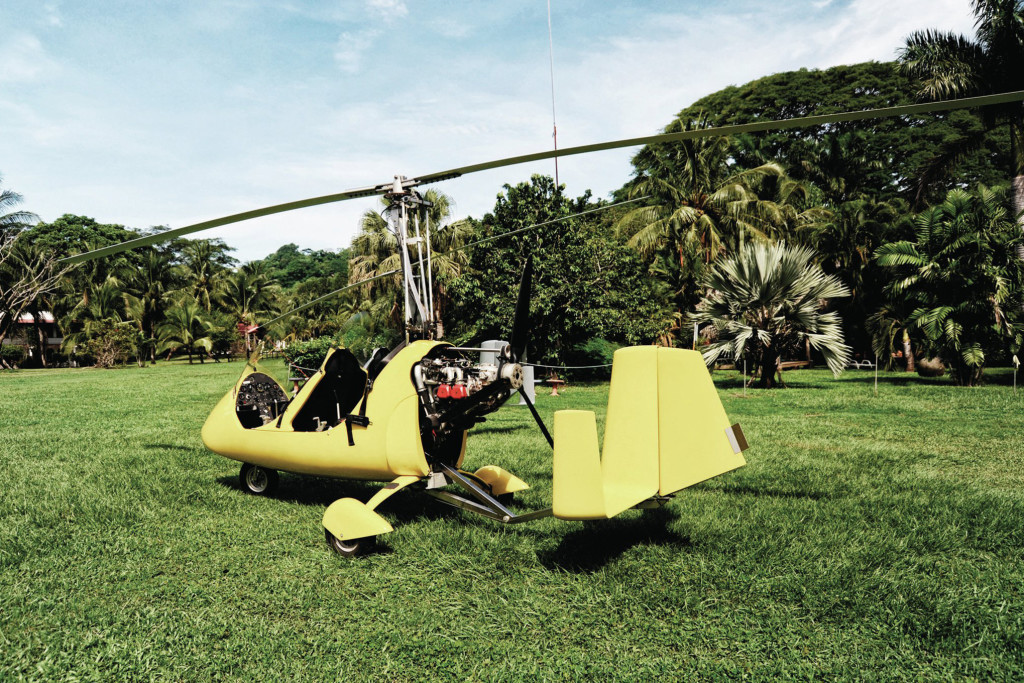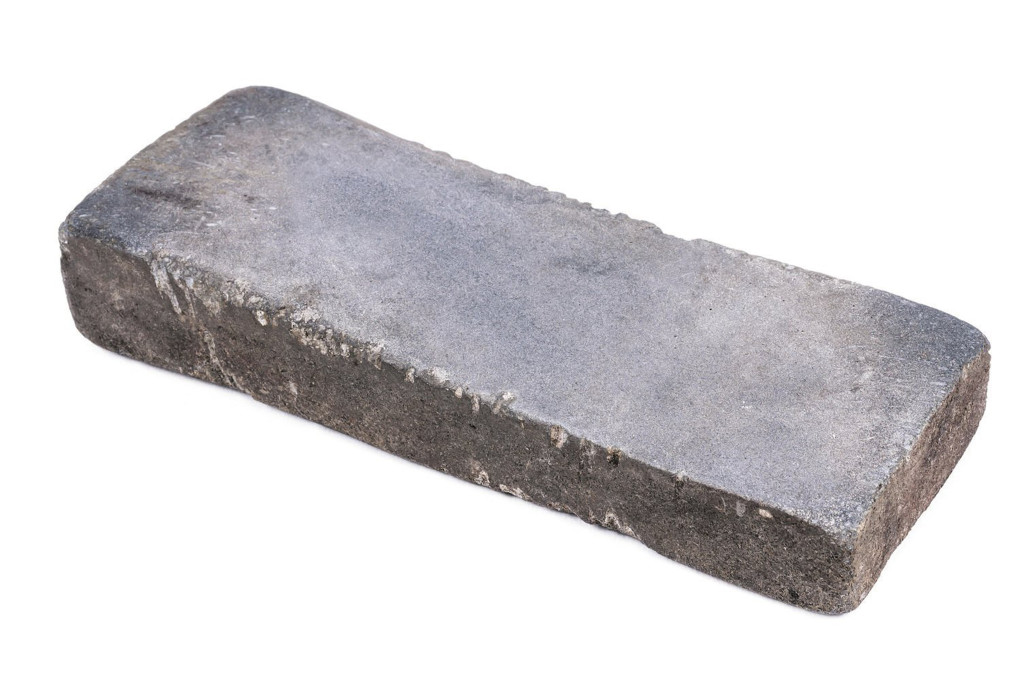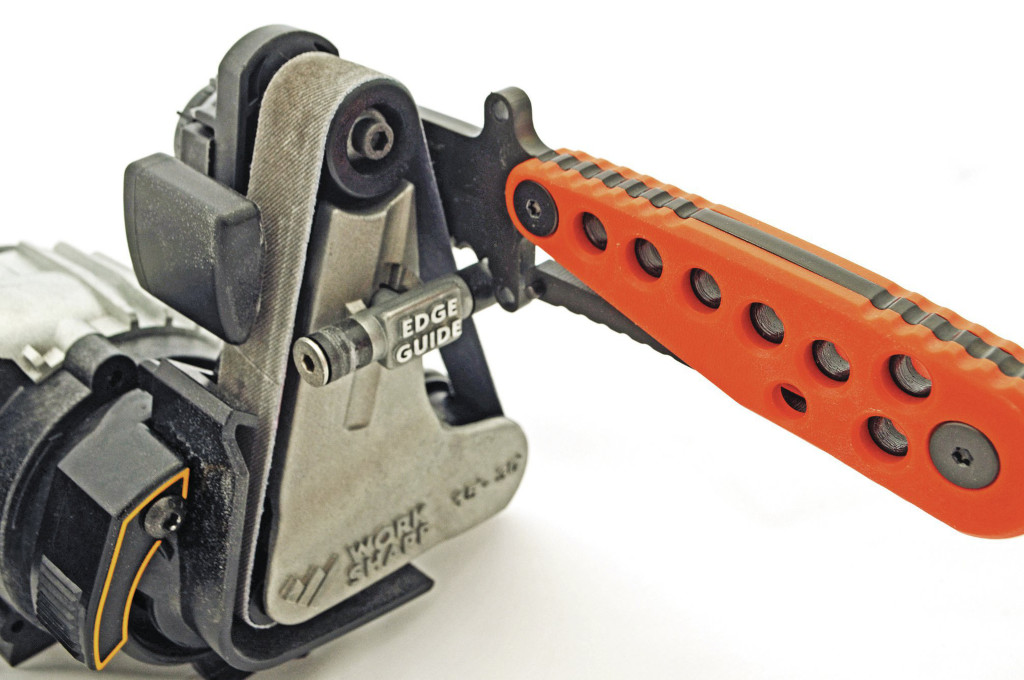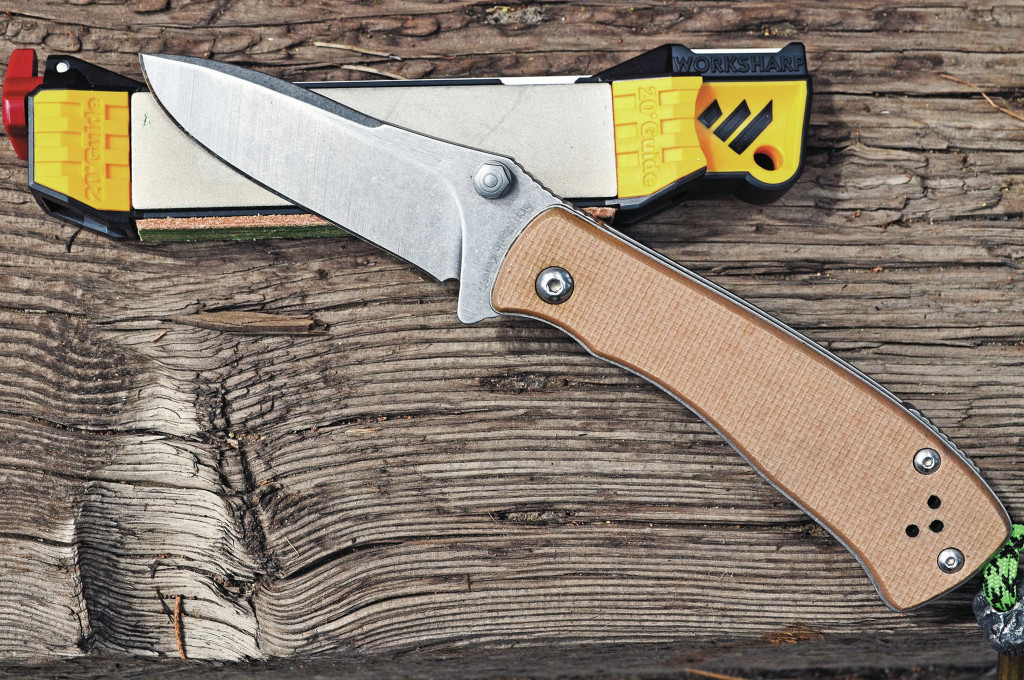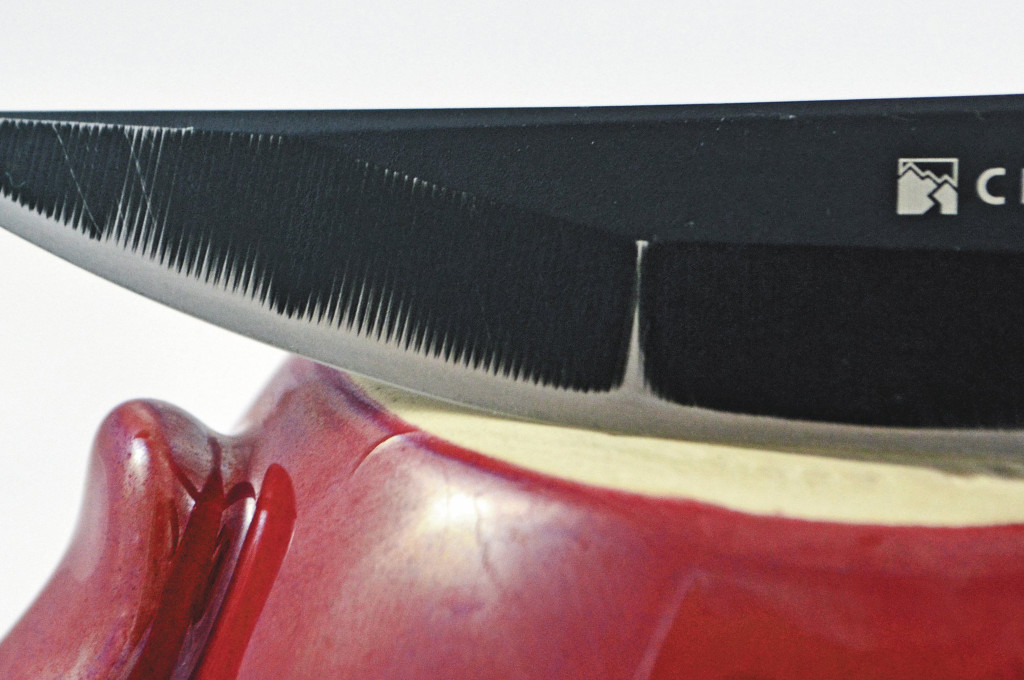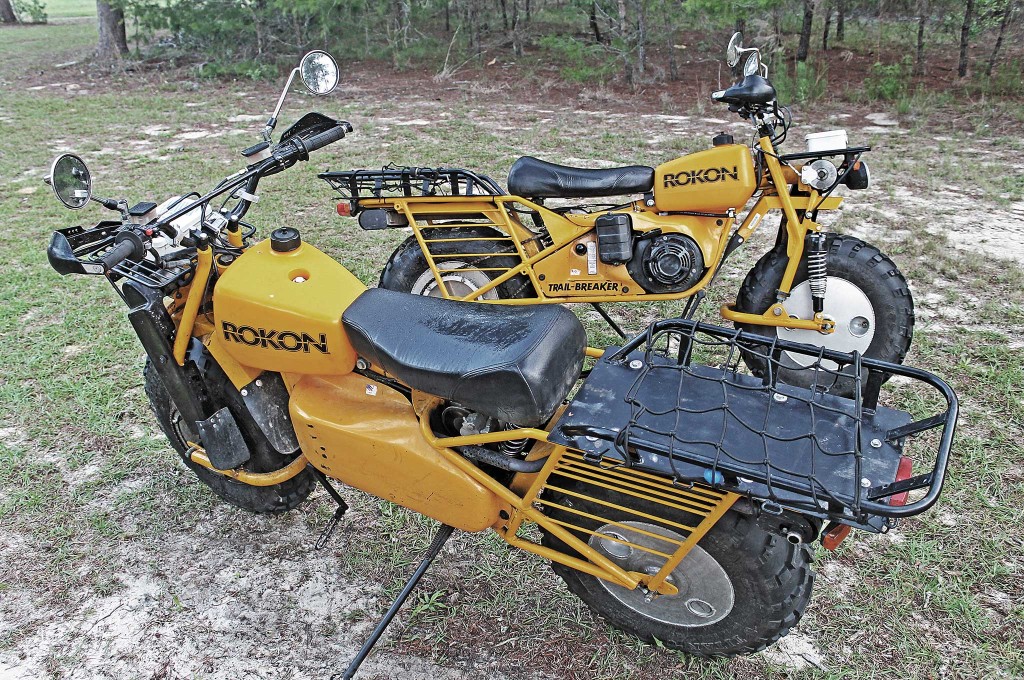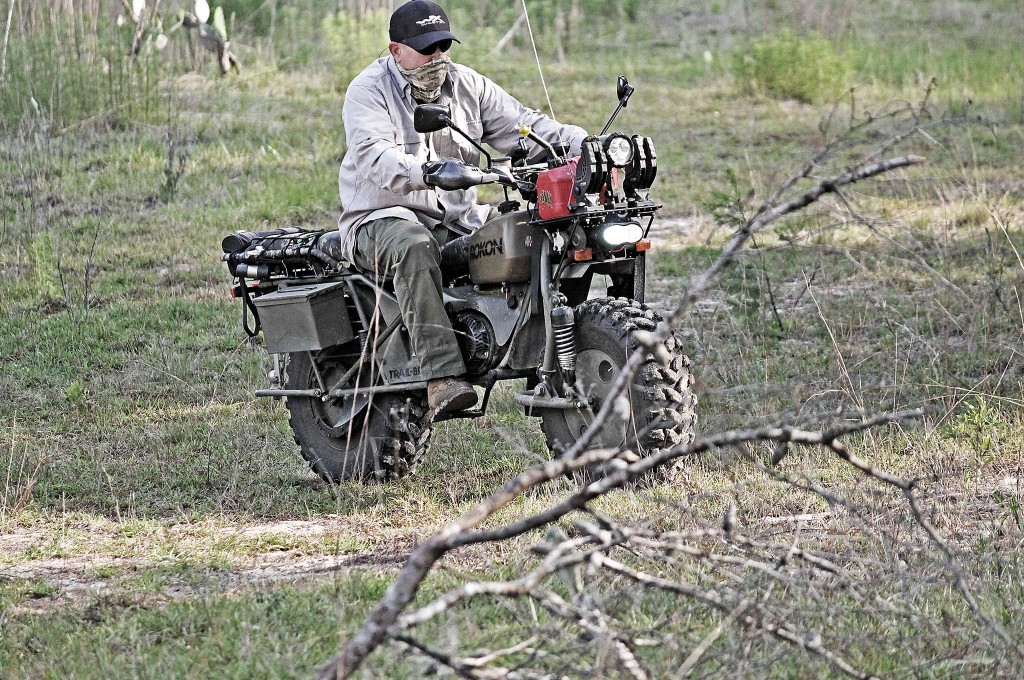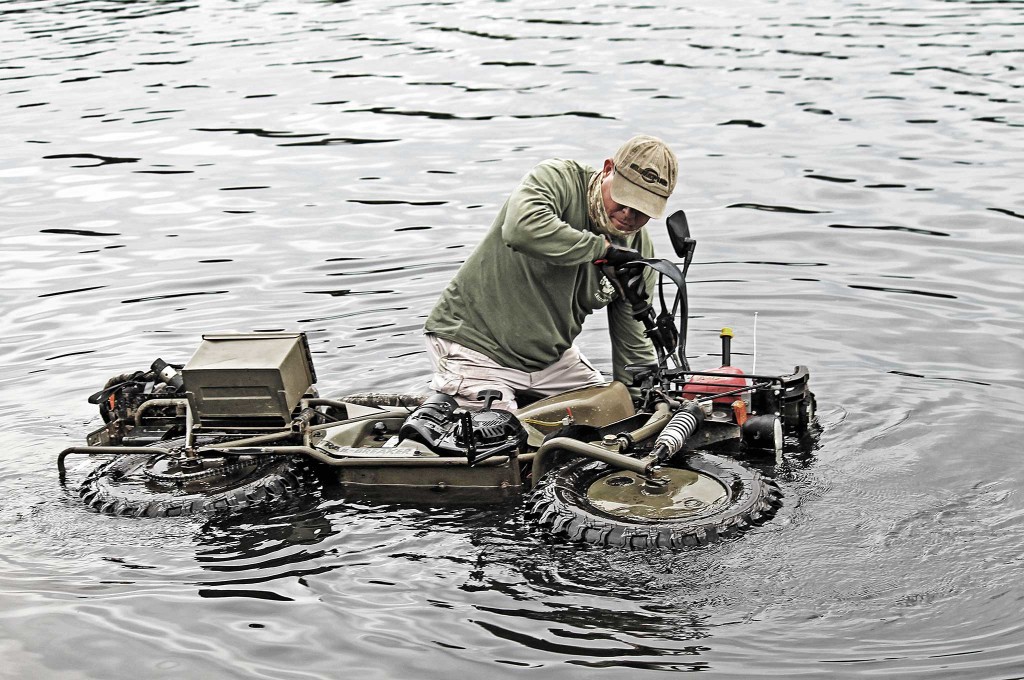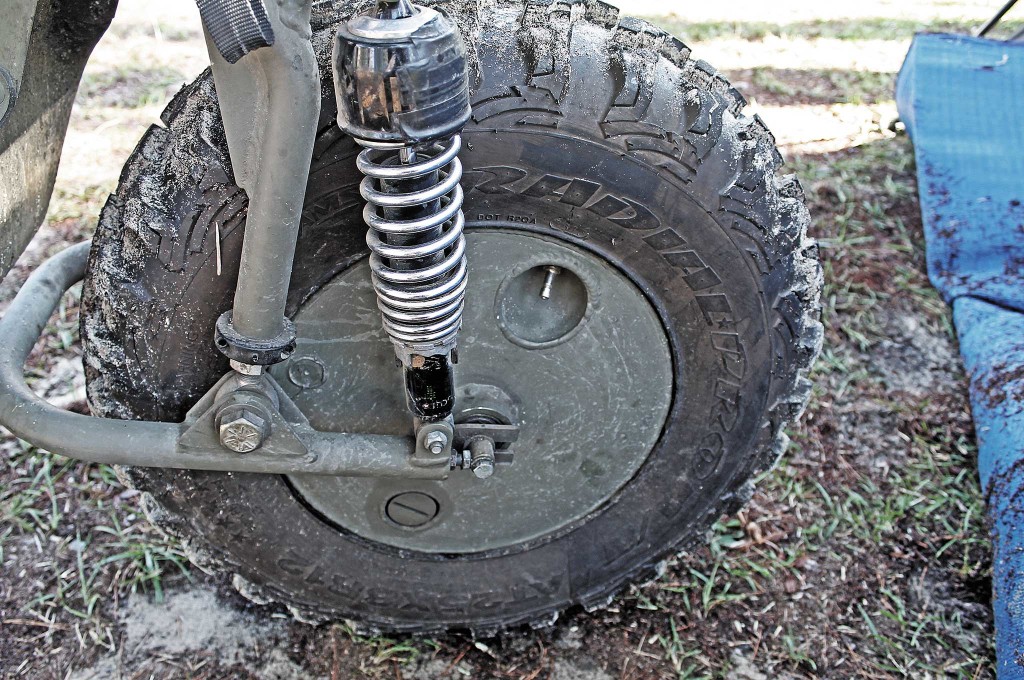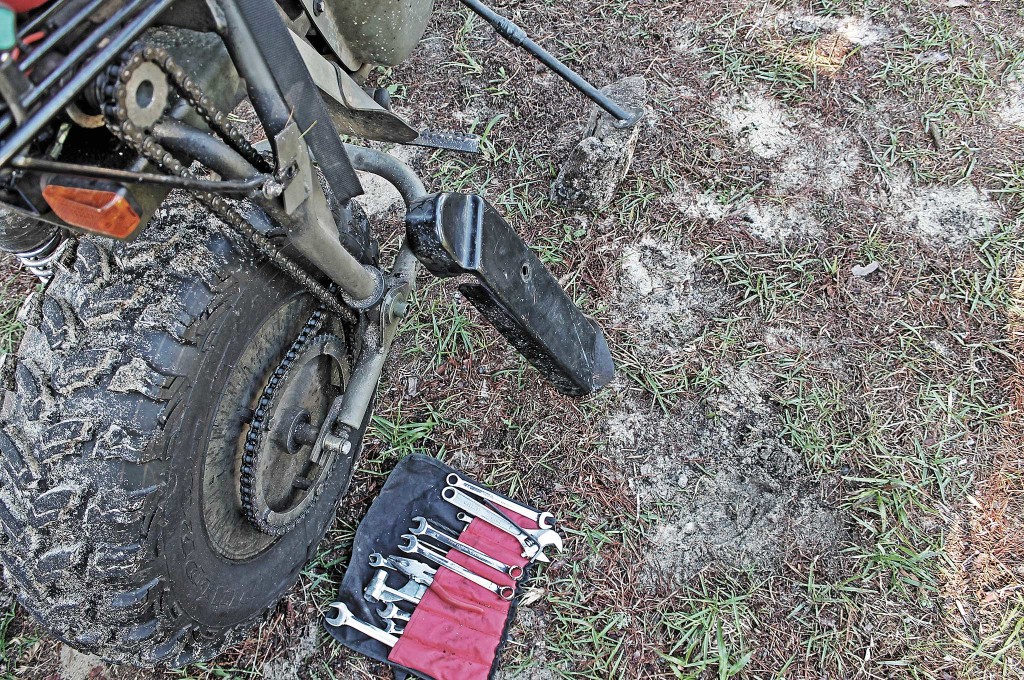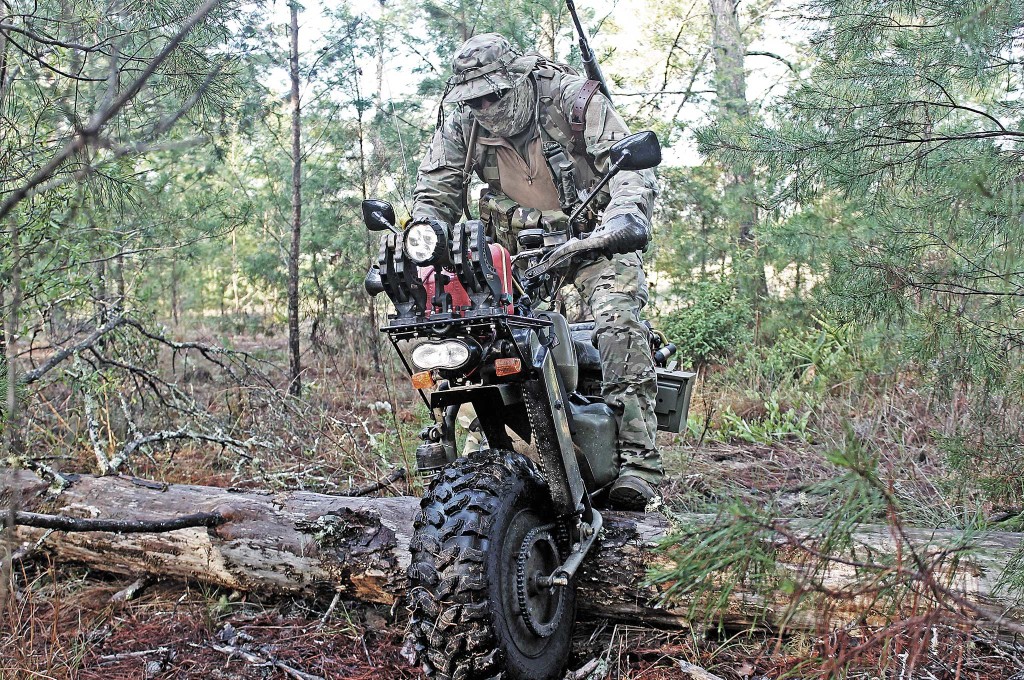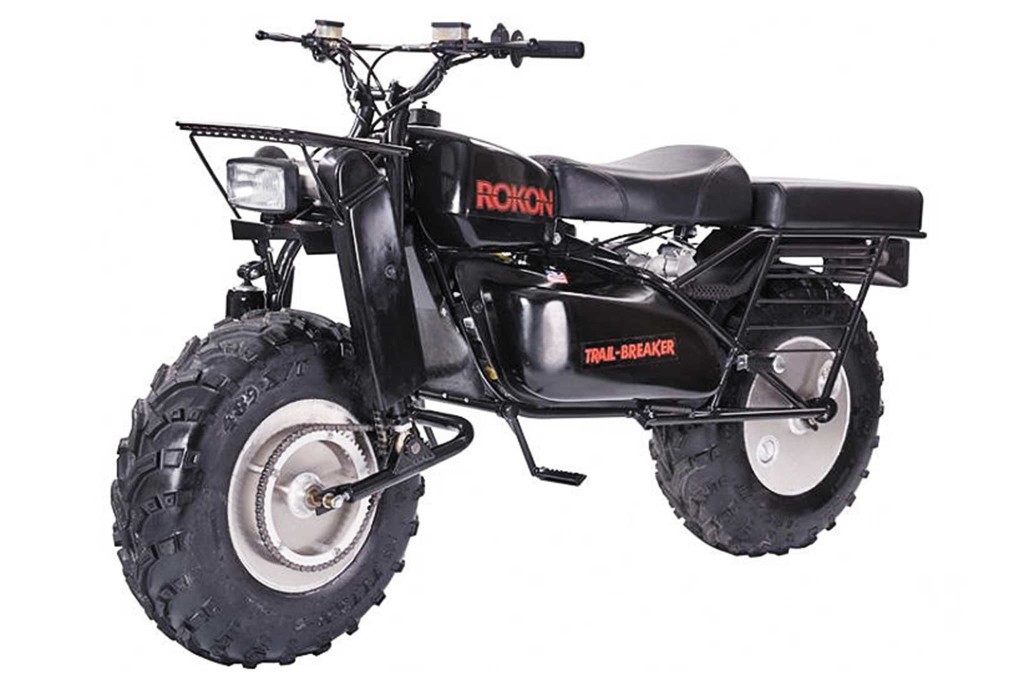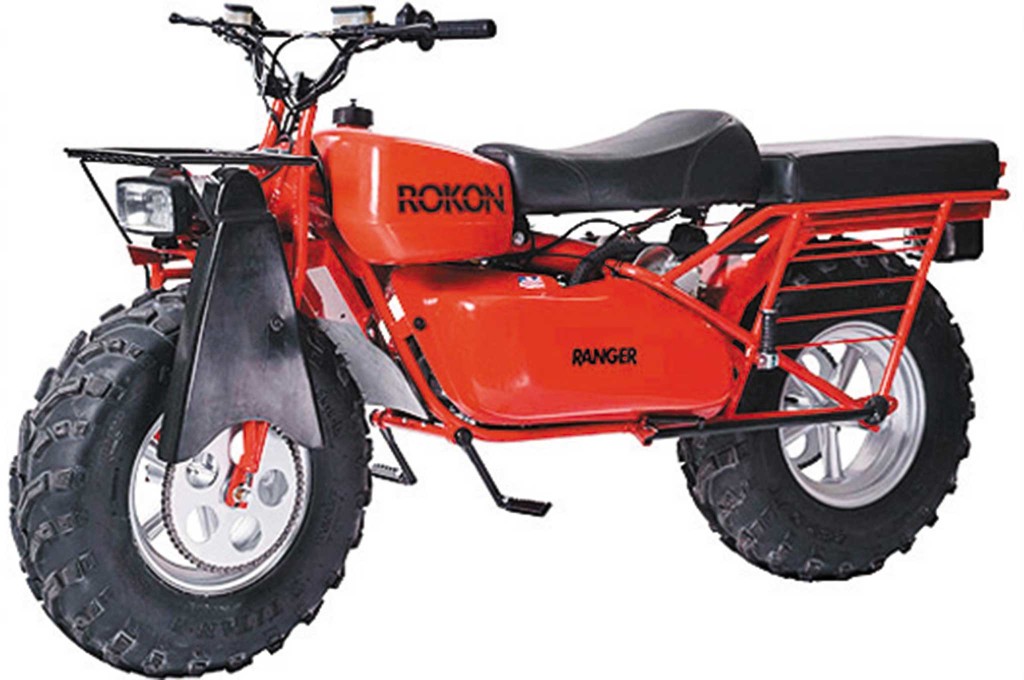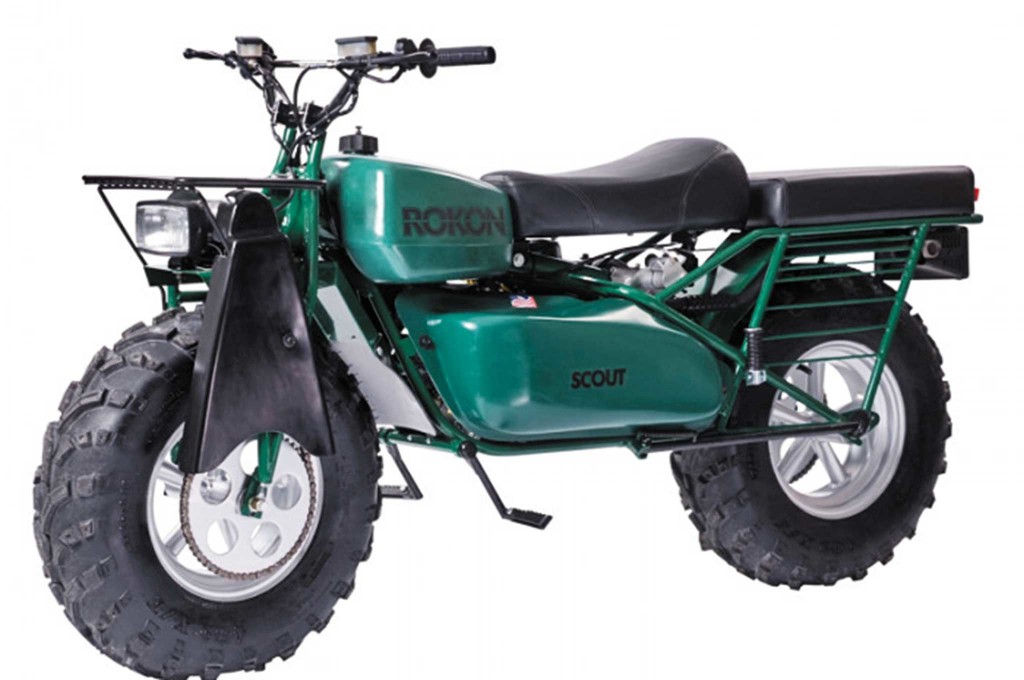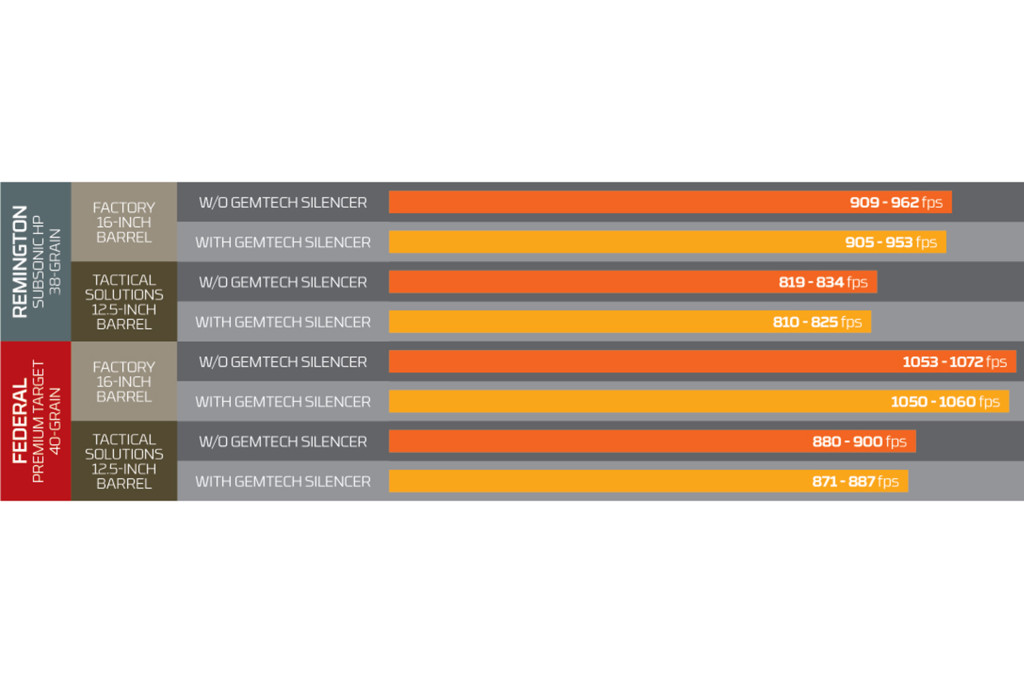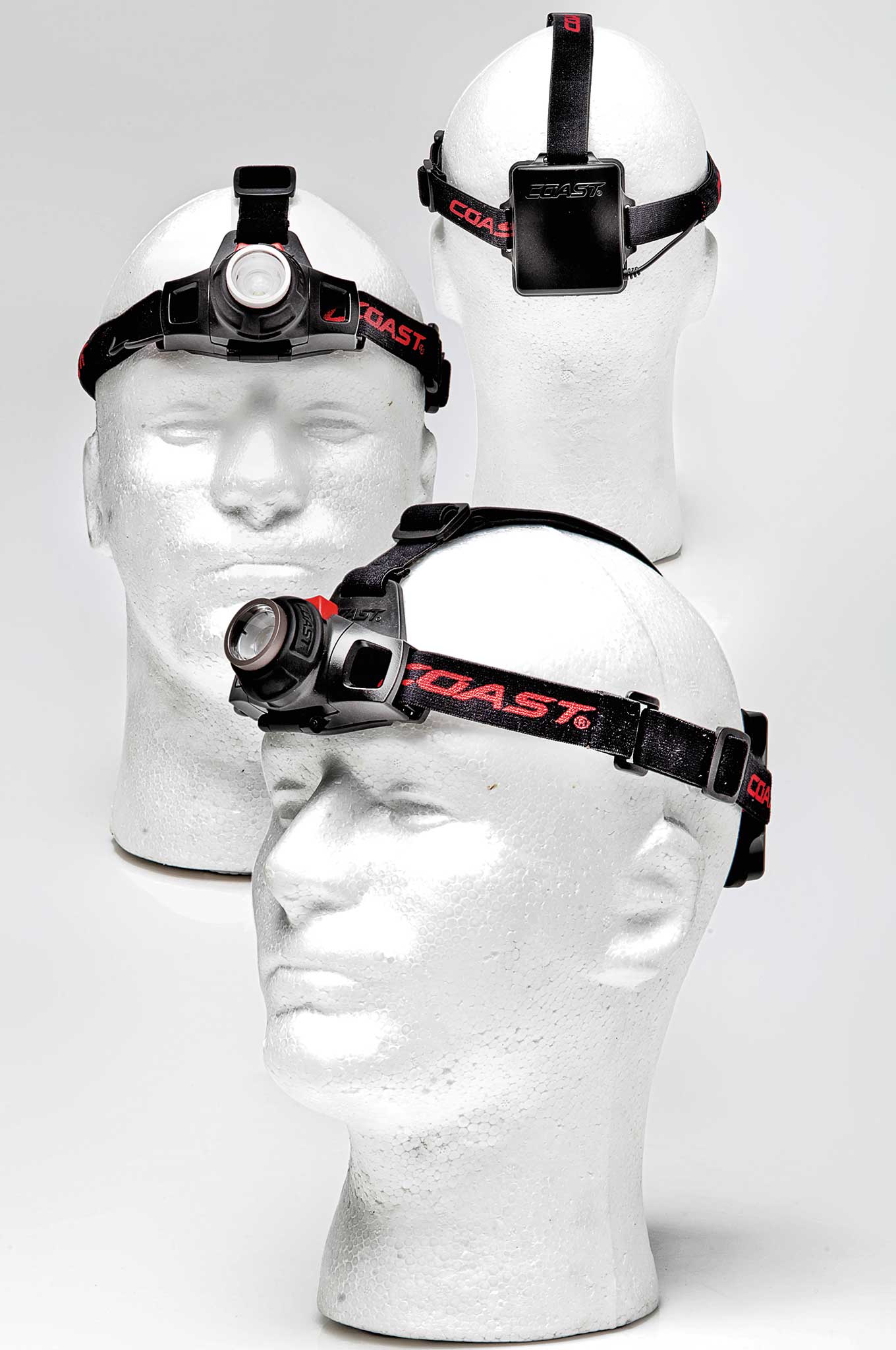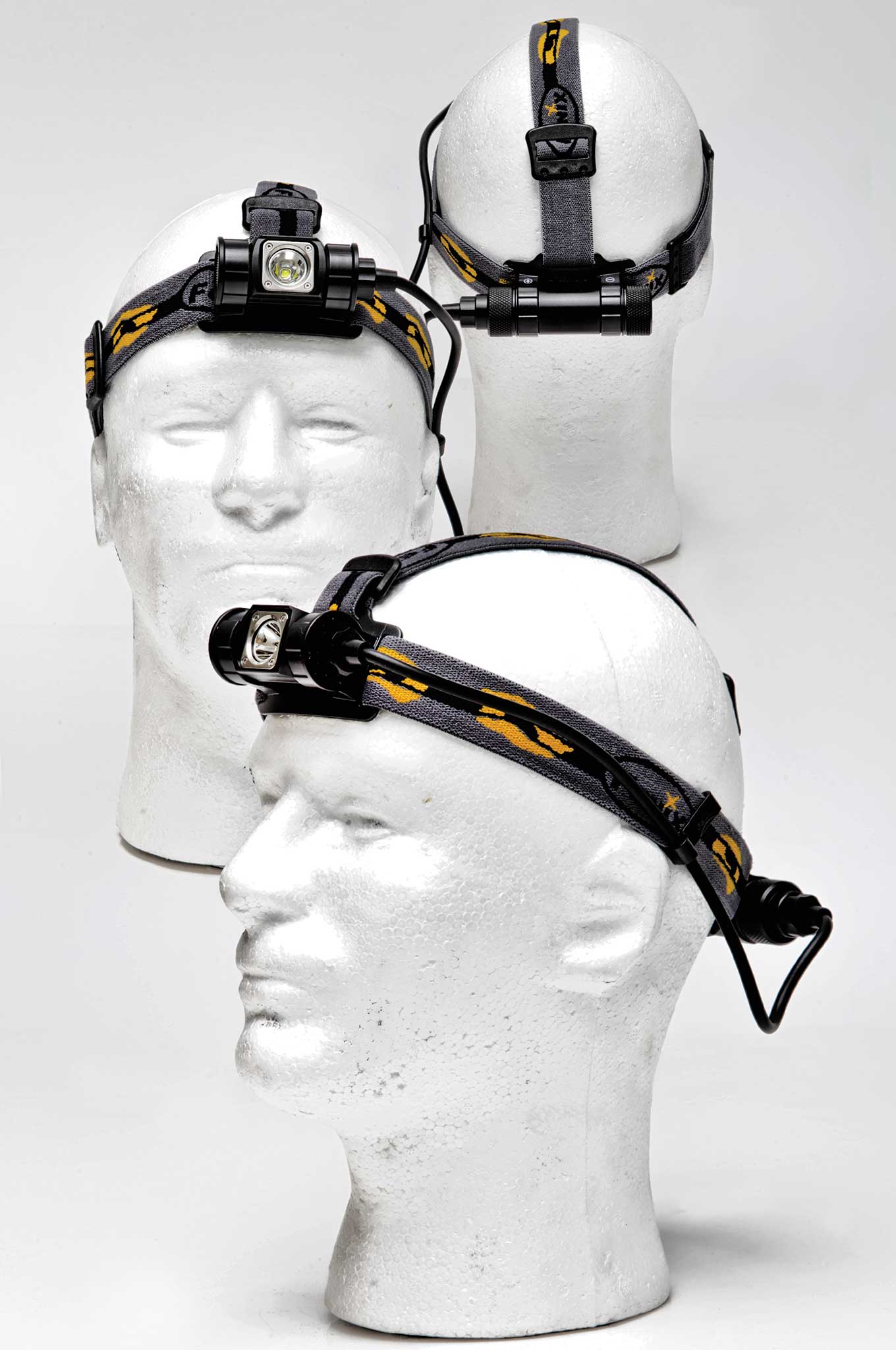In This Article
The enormous ship appeared first in the atmosphere, like a giant cumulonimbus cloud made of alloy. Then when the large transport crafts disengaged from the mother ship and slowly lumbered down toward the surface, nobody quite knew what to think. When the smaller carrier ships launched from the transport ships and landed on the surface, nobody quite knew what to say. When the three-legged aliens with electro-discharge plasma weapons started exiting the ships, nobody knew who to call. And when those weapons started shooting humans and causing them to explode like water balloons, nobody quite knew what to do — except for your friend, Bubba.
Bubba raised his Remington 870 shotgun and fired back with some 00 buckshot, kinda exploding one of them in return. He sent the first clear message to our new visitors: Exploding humans would not be tolerated. From that point on, interstellar diplomacy emanated from the barrel of a gun.
Since that time, the war had settled into a stalemate. The visitors mostly controlled the population centers while the humans surrounded and controlled the backwoods and countryside. While the alien technology was truly awesome, their tactics sucked. The humans were slowly forcing them into tighter and tighter security zones around their ships. Quick hit-and-run attacks, ambushes, and sniping missions were taking a toll on the invaders, but they were also taking a toll on our weapons. Firearms maintenance was difficult at best; there were very little supplies.
Funny thing — when the end of humanity is approaching, everybody remembers to bring guns, magazines, and ammunition. But cleaning supplies? Not so much.
Prepped Cleaning Kit
Regardless if you’re preparing for an alien invasion or a disaster of more terrestrial origins, it’s always ideal to have at least one firearms kit with tools, spare parts, and much-needed cleaner and lubrication. Let’s take a look at putting together a bare-bones cleaning kit that is small and easy to pack.
Cleaning Cloth
Some type of cloth is needed for wiping away dirt, carbon, and debris from your firearm. While just about any piece of cloth will work, standard-colored handkerchiefs work well. They are thin, absorb fluids, and easily fold into flat compact sections. Cut a standard-sized handkerchief in half, wrap it around your BoreSnake, and pack it away. Another option is using custom cut sections of cloth from men’s white undershirts. When selecting cleaning cloths look for materials made from 100-percent cotton. They tend to absorb fluids better than other blends.
CLP
Proper firearms maintenance involves the use of several different types of task-specific cleaning solutions, which are generally broken down in three categories: cleaners, lubricants, and preservatives.
Cleaners are solutions specifically designed to dissolve carbon and copper fouling. They are used to clean all surfaces of the firearms and the bore of the barrel. Lubricants are various types of oils that are used to coat the surfaces of metals that contact each other. Lubricants reduce friction and drag between metal components and suspend dirt and fouling in the fluid to reduce its accumulation over long periods of use. Preservatives are liquids that coat the metal parts of the firearms with a thin film of liquid that prevents rust and corrosion from forming due to exposure to the environment. All three are needed to effectively maintain your firearm over long periods of time, but carrying three different bottles of cleaning accessories compromises the idea of a small cleaning kit.
Fortunately, there are products available specifically for multiple cleaning tasks called CLP, named so after the three categories. CLP products such as Break-Free and FIREClean perform all three cleaning functions with only one solution. While the individual solutions most likely offer better performance in their respective categories, CLPs offer good performance across the board. When building a micro cleaning kit, a CLP solution is really the only choice for effectively performing all of your cleaning requirements without weighing down your bug-out bag. An easily packed ½-ounce bottle of CLP, when judiciously used, will last several cleaning sessions.
Cleaning Rod
Conventional bore cleaning tools use a metal rod, either in sections or as a one-piece unit. The end of the rod is threaded for the use of multiple cleaning accessories such as a wire brush for scrubbing the barrel and different diameter barrel jags. Patches are wrapped around the jag to create a seal for pushing fouling out of the bore and for coating the inside of the bore with protective oils. Unfortunately, cleaning rods are bulky to store (even the sectional ones) and are prone to bending and breaking. They also require the use of at least two different detachable accessories, the wire cleaning brush and the bore jag.
A much better option that combines all of these features into one small package is a product by Hoppes called the BoreSnake. It’s a braided nylon cord with small sections of wire bristles implanted in the weave of the cord. There’s a small section of nylon prior to the bristles for the application of cleaning solution and a large section of braided nylon behind the bristles to pull out any debris loosened by the bristles. The BoreSnake effectively replaces the cleaning rod, the wire brush, and the jags in a single braided cord that can be folded very tightly for storage. It’s the centerpiece of any micro cleaning kit.
The Nice-to-Have Options
While our micro cleaning kit is complete, there are few additional accessories that make our cleaning tasks a bit easier with just a small trade-off in additional packing space. The first is a small section of grade #0000 steel wool (the super-fine grade). It makes the task of scrubbing off hardened carbon fouling (especially on the AR-15 bolt) a much easier chore. The second accessory is a small brush. An old toothbrush with the handle cut down to size is perfect for this task.
Improvised Cleaning Kit
Though small, the aforementioned micro cleaning kit will take you and your firearm far. But what do you do if you didn’t have the wherewithal to build one ahead of time? Let’s look at some options for cleaning our firearms when nothing is available except for our wits.
Bore-Cleaning Alternates
With the proven design of the BoreSnake as our guide, we can creatively build a clone using a length of 550 paracord. Tie several knots into the paracord to match the diameter of the bore. When completed, pull the cord through the chamber and bore to remove any fouling.
Should paracord be unavailable, bootlaces or bungee cords make adequate substitutes. A more creative solution could involve fishing string with a hook small enough to fit through the bore of the firearm. Fold several sections of cloth over the hook and pull this setup through the bore.
Substitute Cleaners
These are really only limited by your imagination. Just about any cleaner that is used on machinery can be used to clean your firearms. A few options would be automotive brake and drum spray cleaners and heavy-duty marine degreasers. If no automotive or machine cleaning solutions are available, you can use fuel from abandoned cars. Gasoline, diesel, aviation fuel, or even kerosene will work.
A few home-cleaning solutions could work, too, such as mineral spirits, paint thinner, Simple Green, or even Formula 409 cleaner. Don’t overlook dishwashing soaps like Dawn or any other detergent that specializes in removing grease. There is also the old Coca-Cola trick. Being highly acidic, Coke will also clean off dirty firearms parts as well. Regardless of what cleaner you choose to use, ensure all parts are thoroughly rinsed and dried before reassembly.
SHTF Lube and Preservatives
Substitute lubricants and preservatives can basically serve the same purpose. Usually any lube can act as a preservative. Wipe a thin coating of lubricant on any exposed metal and it should offer some level of corrosion protection. You should use enough liquid to put a slight shine on the metal, but not so much that it looks or feels wet to the touch.
Finding a substitute lubricant is actually pretty easy. Any type of machinery that requires an engine will require lubricant. Vehicle fluids such as motor oil, transmission fluid, or even hydraulic fluid will all suffice as a lubricant. Home and gardening tools such as lawnmowers, chainsaws, gas-powered weed wackers, or even generators will all require some manner of lubricant that can also be used on firearms.
Another type of lubricant to consider is grease. All vehicles have grease points on the chassis and suspension. A finger swipe of grease will also work as a lubricant. Even common petroleum jelly (i.e. Vaseline) will offer some level of lubrication. Again, be creative in your search and look at anything with an engine as a good source for lubrication.
Get Cleaning
It shouldn’t take the fear of an alien invasion to spur you into action. Set aside some time to gather the right supplies to make a lightweight yet efficient micro cleaning kit and pack it alongside your firearm and bug-out gear. If you’re like us and have multiple go-bags in various locations for different emergencies, you’ll want to make sure you have one cleaning kit per pack.
And, should you ever have the misfortune of being separated from your cleaning supplies, know now that you have the knowledge and skills to craft your own kit in the field. Like with any survival skill, all it takes is some awareness and creativity to adapt to what life’s given you.


